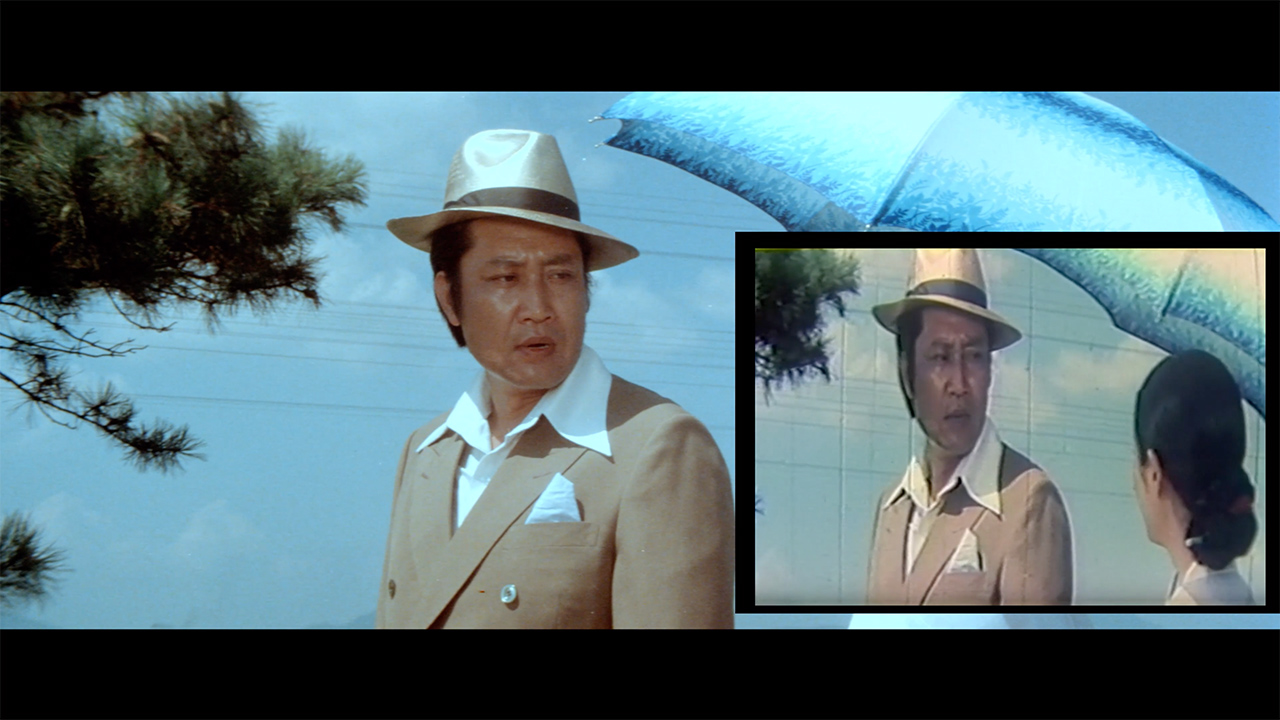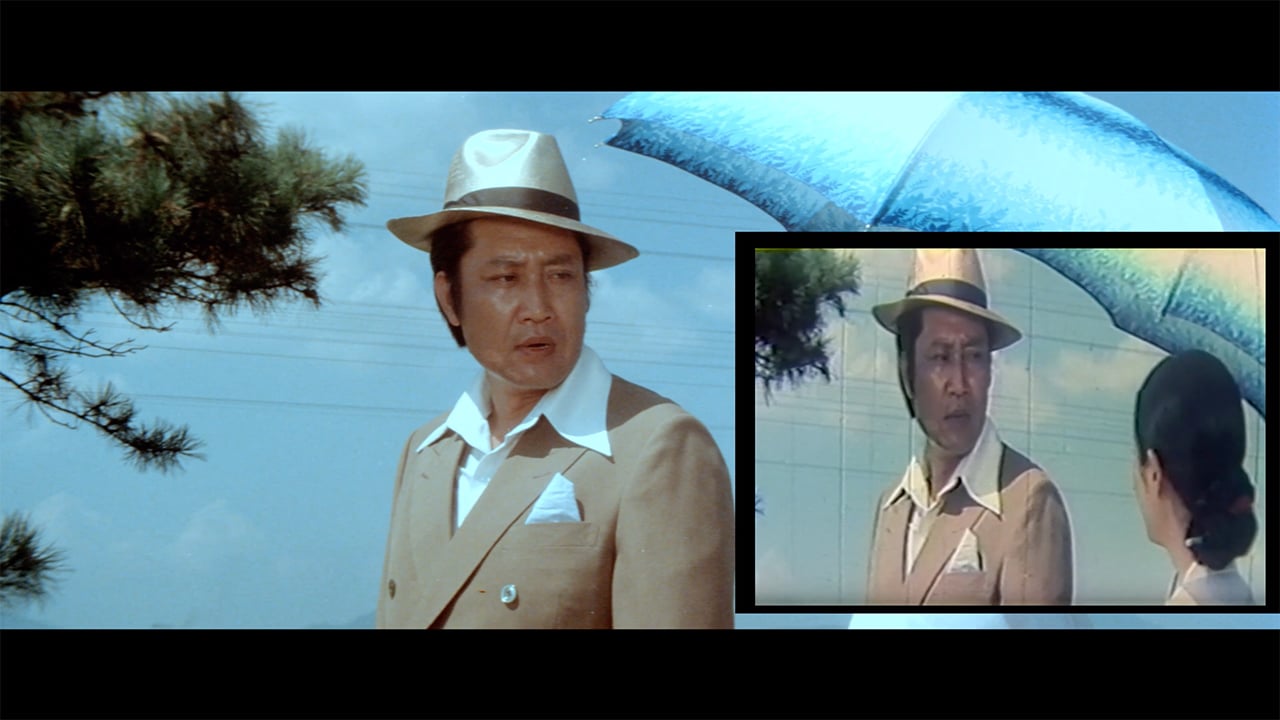

If ever there was a benefit to higher resolution, it's that older films can be given a new lease of life. Phil Rhodes examines why new 4K Blu-rays provide a much better experience than when the film was first released into cinemas.
Sometimes, the best way to watch a movie is from Blu-ray. And no, this isn't going to be a complaint about people chatting on cell phones and throwing popcorn at one another. This is a legitimate technical argument that modern transfers of old films are often the best way to watch them. What? View a classic movie on the small screen? Sacrilege! But the reality is that modern scanning and recording techniques, not to mention stabilisation, grain reduction and colour correction, mean that modern scans of mid-century movies can actually look better than they ever have before.
This idea stems from a comment made by someone who was willing to hazard a guess that the 4K Blu-ray release of a decades-old movie actually looked better than it did when projected at the time of release. It probably, literally did. A lot of people are only half-aware that a 35mm release print of a film is (or increasingly was) a fourth-generation copy and an analogue copy at that, subject to contrast build-up, grain, dirt and a thousand other tiny insults to the quality of the image. To avoid doubt, let's be clear: on a traditional photochemical production, the crew shoots the original camera negative, the negative cutter cuts that negative, an inter-positive is made from that internegative, a further negative version is made from that and then prints are made from that. And that's what you watch.
Release prints are fundementally low 'resolution'
It's been estimated that a 35mm release print, even assuming a very clean, high-resolution original negative made carefully on slow stock with sharp lenses resolves perhaps 1.5 to 1.8K in the modern terminology. It's difficult to make that sort of equivalence with digital media, given that film grain moves around and creates an impression of higher resolution on the moving image, but that's roughly what the system could do if everyone did everything right and the projectionist kept an eye on critical focus.
So it's no surprise that a 4K scan of the negative shows us a lot more than the original cinema release might have. Whether that's actually a good thing or not depends on how heavily the production design and visual effects (and cast) rely on the smudging effect created by four generations of photochemical duplication. It's completely fair that directors such as Ridley Scott have revisited productions such as Blade Runner in order to make sure that the rough edges are buffed out for more modern, higher resolution releases.
Digital sharpness
Digital media has always been better at maintaining sharpness from the camera lens to the projector lens. The HDCAM tape format, as used on some of the Star Wars sequels, used cruelly compressed 1440 by 1080 pictures, at the very bottom end of what 35mm could do. Projected digitally, most of that resolution would make it to the viewer's eye, though at that point 35mm release prints were more common than they are now and the digital-to-analogue conversion was very lossy. Productions could choose to make lots of internegatives by scanning the original digital material out to a lot of negatives so that all of the release prints could be made directly from a laser-produced negative. It was more expensive, but it was at least possible and it did help.
To be fair, it's also possible to make release prints directly from the camera negative. That's how traditional film dailies would be made, which may explain why people who worked on a lot of movies – but very rarely went to the cinema – often had a very high opinion of the technical capabilities of film, per se. They weren't seeing what most of us were seeing. Dailies projectionists are hardly likely to overlook critical focus, either and the material they were projecting was likely to be fresh from the lab. Making prints from the cut negative risks that irreplaceable negative being damaged or getting dirty, though. Since it's fundamentally impossible to make a duplicate of the original negative without loss, it was usually handled as little as possible.
Modern exhibition is, of course, not perfect. A film projector can produce any colour that the director of photography can conjure out of the emulsion. That isn't a completely unlimited range, of course, but it's probably wider than Rec. 709 and wider in some areas than at least some of the displays that claim to support (part of) Rec. 2020. Nothing's actually bigger than 2020, of course, and a perfect 2020 display could reproduce almost anything film could, but there's no realistic prospect of achieving that with current tech.
Reasonable home displays will also be much brighter (if not higher in contrast) than film, and film scans of any resolution can be (cautiously) treated with grain reduction, stabilisation and cleaning processes to reduce the common concerns of film presentation. Yes, there's compression, but, in the main, if it looks like a modern transfer of a movie on your 4K TV looks better than it did in the cinema, well, it probably does.
Tags: Studio & Broadcast


Comments